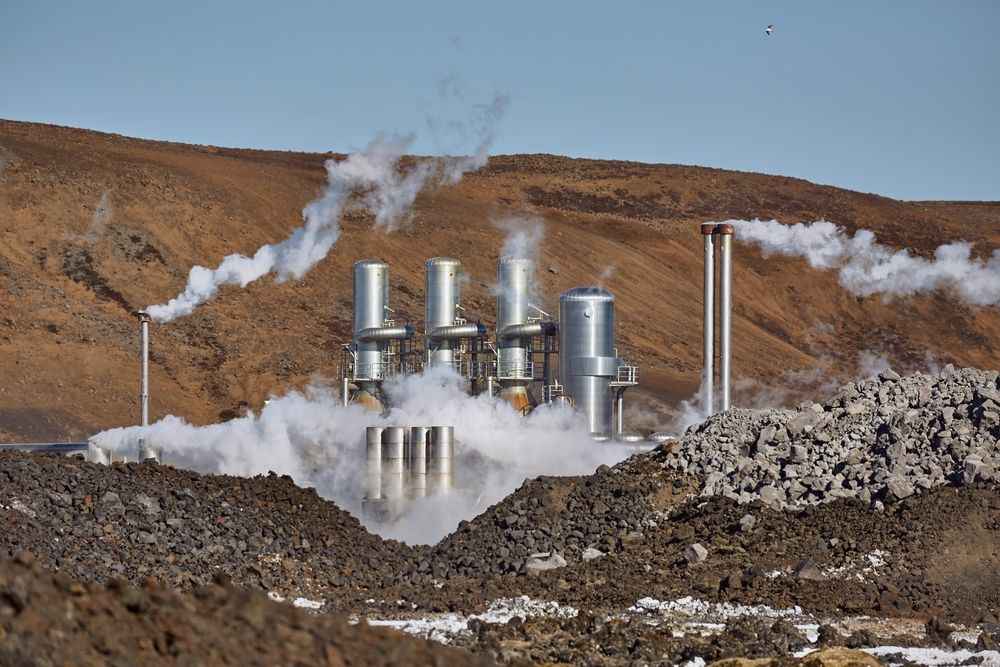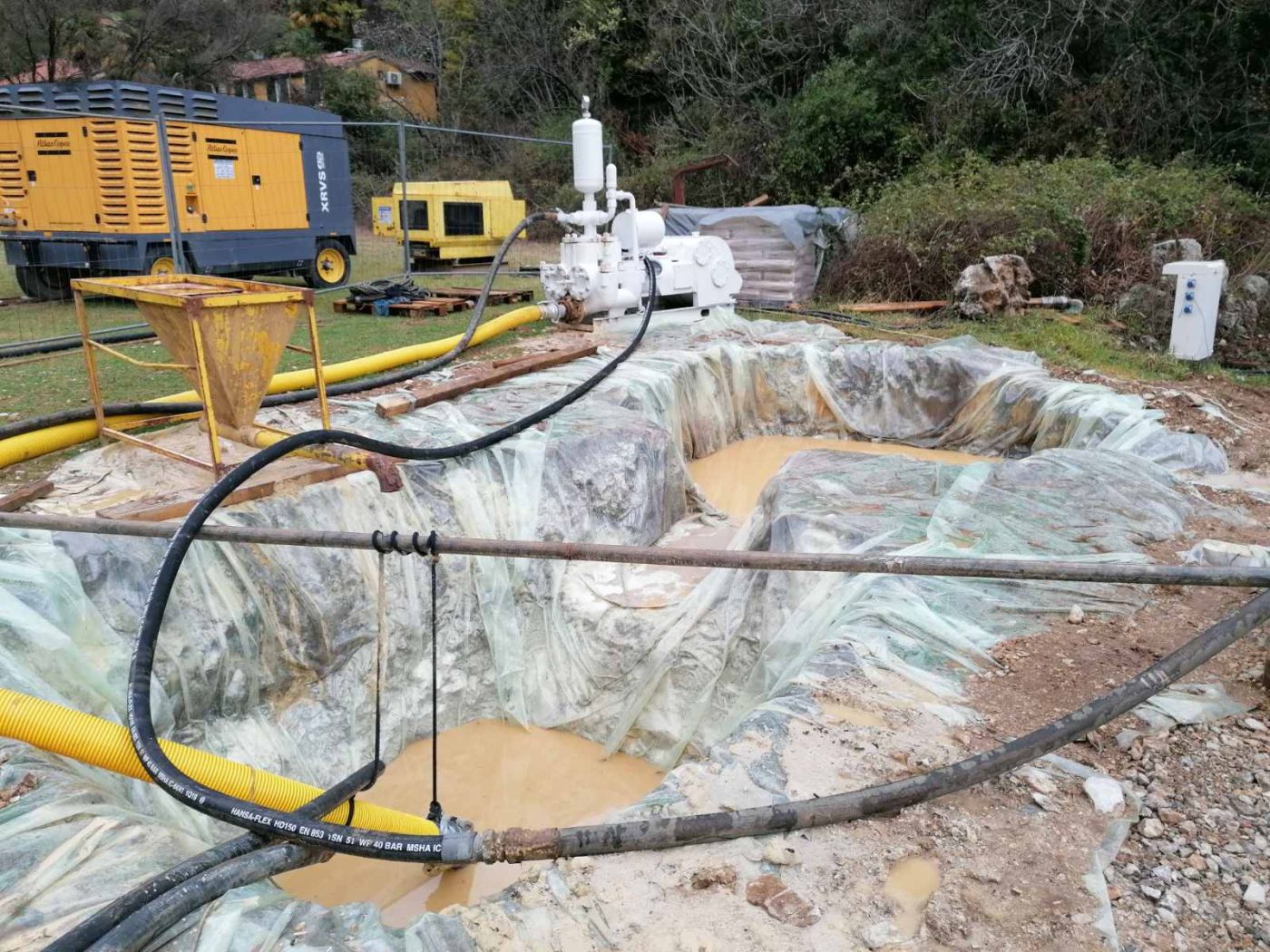Drilling a geothermal borehole
In the search for cleaner and more environmentally friendly forms of energy, i.e., renewable energy sources, geothermal energy presents itself as a good solution. Geothermal energy is thermal energy generated in the interior of the Earth by the slow decay of radioactive elements, chemical reactions, or friction during the movement of tectonic masses. The amount of geothermal energy is so large that it can be considered inexhaustible.
Use of geothermal boreholes
Geothermal boreholes can be used for heating and cooling facilities and electricity production, and geothermal water is used in spas and health resorts.
Heating
Geothermal energy was used to heat buildings during the Roman Empire. In recent years, the term geothermal heating refers to the heating and cooling of interiors using heat pumps. Such geothermal systems are able to transfer heat to and from the ground with minimal electricity consumption.
Production of electricity
Geothermal energy, i.e., geothermal water, is used for the production of electricity in geothermal heating plants. Geothermal heating plants are one of the most environmentally friendly ways of producing electricity, because it is not necessary to burn fossil fuels and emit harmful greenhouse gases into the environment for production, only water vapor is released.

Geothermal drilling technology
The drilling technology for geothermal boreholes depends on the desired borehole diameter, the geological structure of the soil, and the required drilling depth. The direct drilling method and the DTH (down-the-hole hammer) method are most often used for drilling geothermal boreholes.
Direct drilling method
The direct drilling method is a rotary method that applies a drilling fluid that serves to cool the tricone drill bits, deliver the material to the surface, and stabilize the rock boreholes. The drilling fluid is composed of a mixture of water and bentonite, with an optional additive if the drilling requires it. The drilling fluid is pumped out from the drilling bits by means of a piston pump through drill rods and is returned through the annular space back to the drilling bit.
The direct drilling method is suitable for soil and fractured rock, and in compact rock mass it is used at great depths and in horizons where there are formation pressure is high. When drilling using the direct method, tricone drill bits are used, with different tooth sizes depending on the material.


DTH drilling method
The DTH drilling method is an impact-rotational drilling method that uses a deep hammer and air to deliver the material to the surface. The implementation of the DTH drilling method requires a compressor with the necessary characteristics determined by the diameter and depth of drilling.
The DTH drilling method is used for drilling in rock mass and is more economical and faster than the direct method. If the underground conditions allow it, daily progress can be greater than 50 m, while with the direct method of drilling in rock mass advances of 10 m a day are considered satisfactory.
You can see an example of DTH drilling in the video below.
Conclusion
Geothermal energy has great potential. The only way to determine the sources of geothermal energy or water is to drill geothermal boreholes. Drilling geothermal boreholes is a complex and demanding job, especially if the drilling depth is greater than 150 m. Geothermal boreholes up to 150 m deep are used for heat pumps, i.e., for heating and cooling facilities, while deeper boreholes are drilled to use geothermal water for electricity production, construction of heating plants, etc.
To reduce our dependence on fossil fuels for generating electricity and heating and cooling facilities, geothermal energy is a perfect alternative, and the only way to use this unlimited energy from inside the Earth is to drill geothermal boreholes.
Read more: Exploratory drilling
